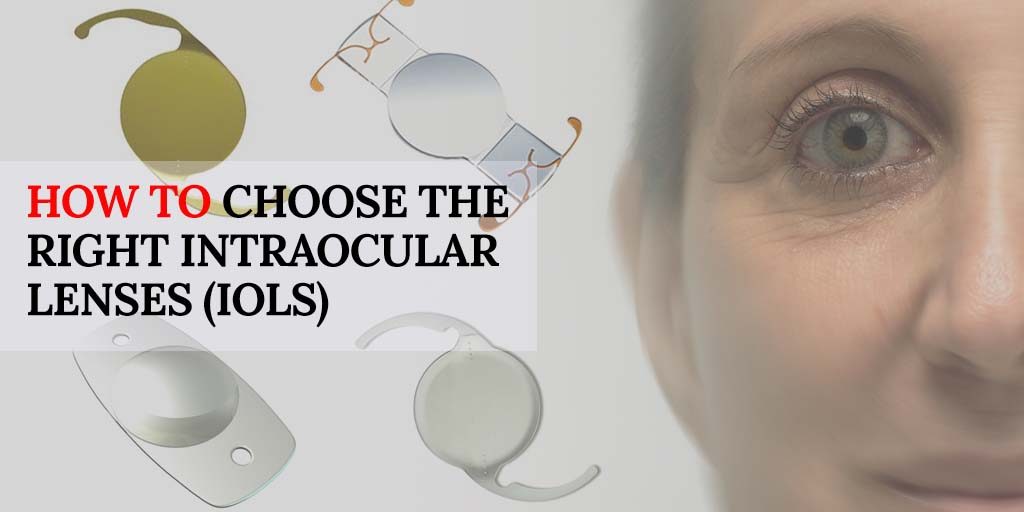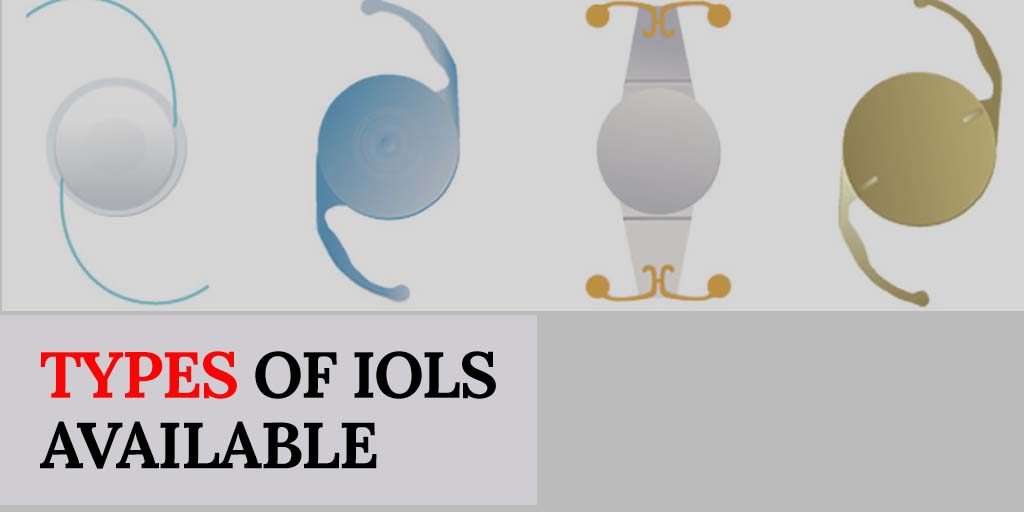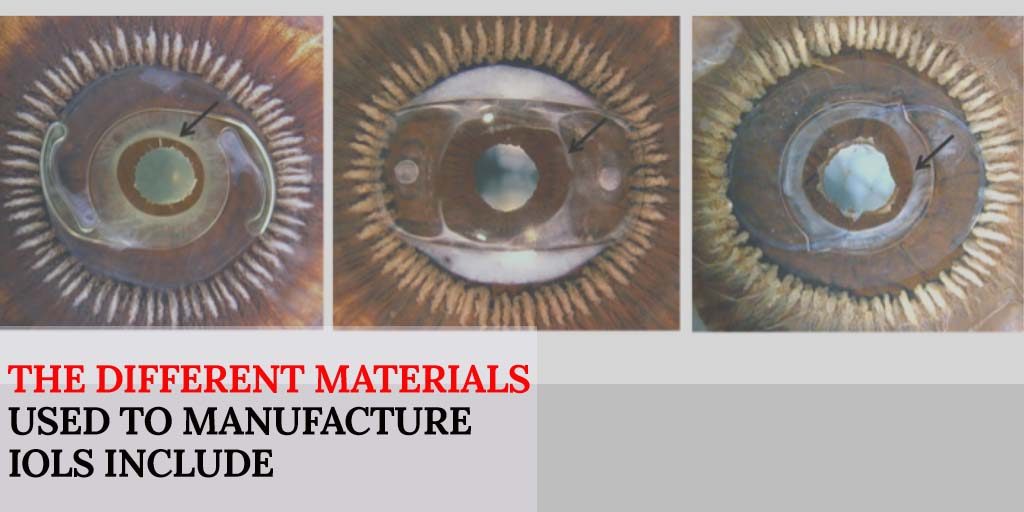How to Choose the Right Intraocular Lenses (IOLs)
In 1949, Harold Ridley, an English Ophthalmologist implanted the first intraocular lens (IOL), made of glass in the patient’s eye. Prior to this era of using intraocular lenses, patients were required to wear oversize eyeglasses after undergoing a cataract surgery. This was aimed at restoring the lost refractive power of the eye due to the removal of the natural lens during the surgery.
The first move by Dr. Harold took other decades before it became part of the Ophthalmology sector since time was required to select the right material and designs for the lenses. Currently, there are a variety of IOLs that facilitate desired vision after a cataract surgery with or without low power glasses.
Types of IOLs Available
There are various types of IOLs and they specifically come in different materials, therefore, it is quite important to understand the various options before taking one into use.
The different materials used to manufacture IOLs include;
Silicone
Poly methyl meth acrylate (PMMA)
Acrylic hydrophilic
Acrylic hydrophobic
In the real sense, IOLs made from PMMA material require a large incision (at least 5mm) before they are inserted into the patient’s eye and these lenses can’t be folded.
Silicone IOLs are a bit problematic in some situations, and so, many patients head in for Acrylic IOLs.
The Acrylic IOLs are foldable and require a smaller incision (about 1mm) to insert them into the patient’s eye. Once inside, these IOLs transform to their normal size, however, you and your Ophthalmologist have to decide the acrylic type of IOL depending on your situation and affordability. The different types of IOLs on the market include;
Monofocal IOLs
These are the simplest type of IOLs and they provide good distance vision, but one has to use reading glasses for reading or near work. AKREOS, ACRYSOF, SPHERIS, SOFTPORT, ACRYFOLD, & CLARIFLEX among others
Multifocal IOLs
These provide better vision for both short and long distances without using glasses, but you will require glasses for reading
Toric IOLs
Unlike other IOLs, these can correct astigmatism or cylindrical power, but they may require adjustments after surgery
Accommodative IOLs
These are designed in a way that they can change their power for different distances for better vision just like the natural crystalline lens of the eye
Blue light filtering IOLs
These IOLs have a yellowish pigment impregnated to cut off blue light, which is harmful to the sensitive part of the retina ‘macula”.
Aspheric IOLs
These have a design similar to that used in a camera and telescopes that helps to improve vision by reducing or removing the optical aberrations
Factors to consider before selecting your IOL
Your profession or work
Nature of your refractive error
The importance of proper vision in dim or night situations
Lifestyle/ hobbies
Cost of the surgery and the IOL suitable
Do you prefer using glasses after surgery or not








No Comments